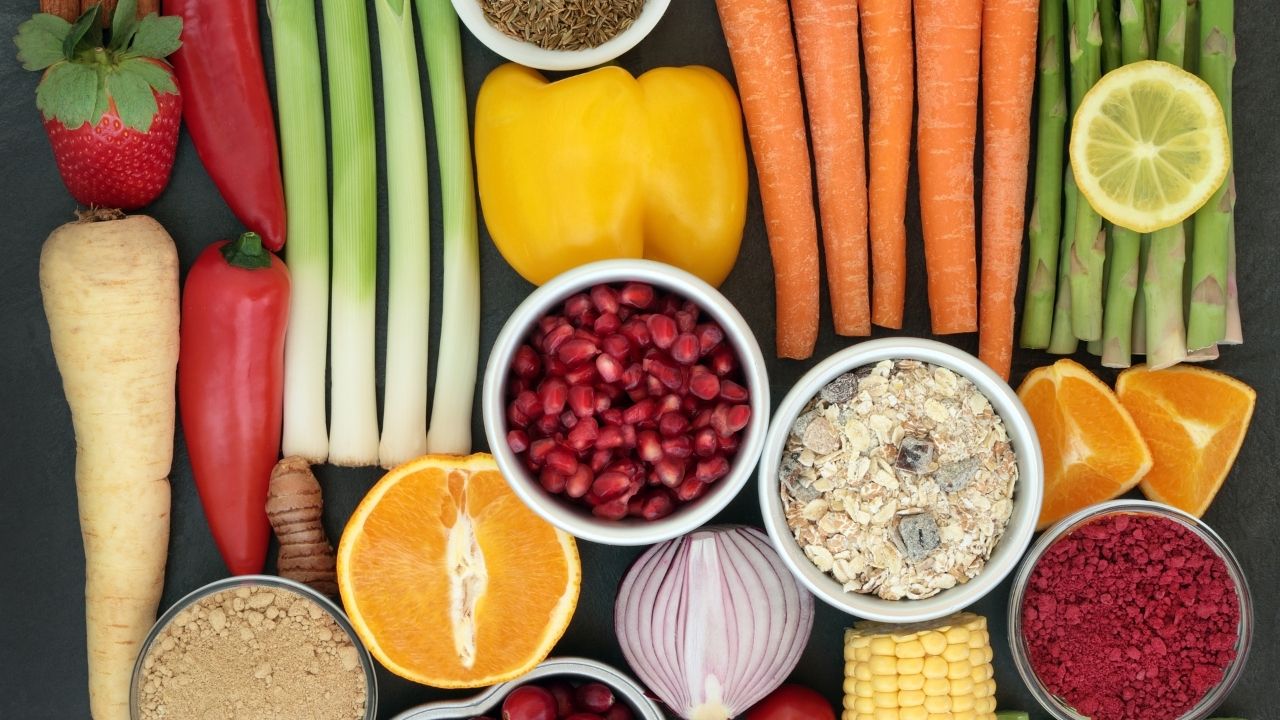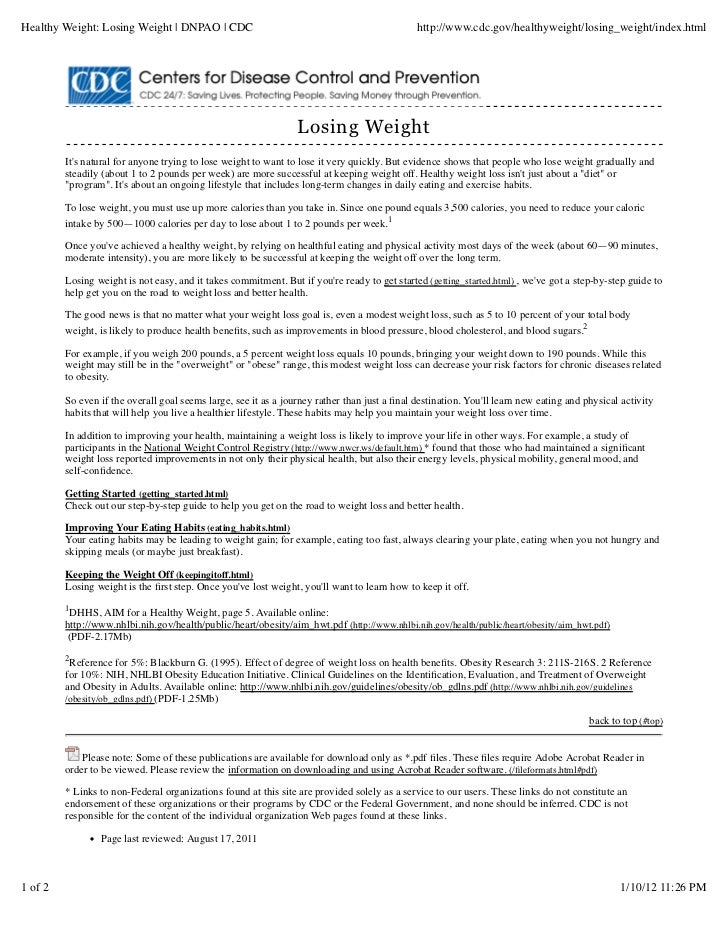
There are many misconceptions regarding fads and how they differ to real health recommendations. They aren't. While some trendy diets might offer a glimpse at the health benefits of certain foods they may not be sustainable or healthy. These plans are often not supported by the medical profession and do not follow sound nutritional principles. In addition to their false claims, fad diets do not promote healthy eating, and therefore are not recommended.
Although these diets work well for weight loss, they can also be dangerous. Many of these diets are based upon misleading information. These diets promise quick results, but they are often unrealistic. They claim to be the only method to lose weight and offer health benefits. These programs aren't scientifically proven. They are based on unproven studies and single testimonials. They shouldn't be used as a single method of losing weight and keeping it off.

These diets can also be promoted for weight loss. While some diets are based on one food group or promote one type of food, they often offer temporary fixes and are not sustainable. These diets are unlikely to last. And once they stop, people will gain their weight back.
Fad diets, like most things in life don't work. They are often temporary solutions to weight loss that fail to make a lasting impact. One example of a fad diet is the Atkins diet. It allowed people to eat protein and fat but not bread. This popular diet quickly lost popularity, but is no longer popular today. The Atkins diet remains popular, but has undergone a major change in popularity.
Fad diets don't offer a sustainable solution to weight loss. Fad diets can lead to nutritional deficiencies and slow down the body's metabolism. Someone who adopts a fad eating plan will continue to eat the same calories for a long period of time. This means that they will gain weight when they return to their normal eating habits. Fad diets can make losing weight difficult and prevent you from living a healthy lifestyle.

Another type is the low carb diet. This diet is based upon eating animal meat. It's high on protein and low on carbohydrates. This is the opposite of the vegan diet which eats only plant-based foods. Because it is low in carbs, this dietary style can result in weight gain and infertility. These diets also restrict your exercise options.
FAQ
What should I eat?
Consume lots of fruits, vegetables. These vegetables and fruits are rich in vitamins and minerals that will keep your immune system strong. They are also rich in fiber, which is good for digestion and makes fruits and vegetables filling. Include at least five portions of fruit and vegetables per day.
Make sure you drink plenty of water too. Water flushes toxins out of the body and helps to feel full between meals. Drink about eight glasses each day.
Consume whole grains and not refined. Whole grains have all the nutrients they need, including B vitamins. Refined grains lack some nutrition.
Sugary drinks should be avoided. Sugary drinks have empty calories and are a major contributor to obesity. Instead, choose water, milk, and unsweetened tea.
Avoid fast food. Fast food has very low nutritional value. You won't get the energy you need to function well, despite how delicious it may be. Instead, stick to healthier options such salads and soups as well sandwiches and pasta.
Reduce your alcohol intake. Alcohol can lead to poor nutrition and empty calories. Limit your intake to two alcoholic drinks per week.
Red meat should be cut down. Red meats have high levels of cholesterol and saturated fat. Choose lean cuts such as beef, pork and lamb, chicken, fish, or turkey.
What is the difference among a virus or a bacterium and what are their differences?
A virus can be described as a microscopic organism that cannot reproduce in another cell. A bacterium is an organism that splits itself in two. Viruses have a very small size (about 20 nanometers), while bacteria is larger (up to one micron).
Viruses are often spread through contact of infected bodily fluids like saliva, urine or semen. Bacteria is usually spread directly from surfaces or objects contaminated with bacteria.
Viruses can get into our bodies through cuts and scrapes on the skin, bites, and other injuries. They may also enter through the nose, mouth, eyes, ears, vagina, rectum , or anus.
Bacteria can be introduced to our bodies by cuts, scrapes or burns. They may also come into our bodies through food, water, air, soil, dust, or animals.
Both bacteria and viruses cause illness. However, viruses cannot reproduce within their hosts. So they only cause illnesses when they infect living cells.
Bacteria can spread within the host and cause illness. They can spread to other parts of our bodies. To kill them, we must use antibiotics.
Do I have to count calories?
You might wonder, "What's the best diet for me?" or "is counting calories necessary?" It depends on many factors such as your current health, personal goals, preferences, and overall lifestyle.
The Best Diet for Me - Which One is Right For You?
My current health, my personal goals and lifestyle will determine the best diet for me. There are many good and bad diets. Some work well for certain people while others don't. So what should I do? How do I make a good decision?
This article aims at answering these questions. This article begins with a brief overview of the various types of diets that are available today. After that, you will learn about the pros and disadvantages of each type. We'll then discuss how to choose which one is best for you.
To begin, let's take a quick look at the different types of diets.
Diet Types
There are three main types: low-fat, high-protein, or ketogenic. Let's discuss them briefly below.
Low Fat Diets
A low fat diet is a diet that restricts the amount of fats consumed. This is achieved through reducing intakes of saturated fats (butter and cream cheese, for example). They are replaced by unsaturated fats such as avocados, olive oil, and cream cheese. For those looking to lose weight quickly, a low-fat diet is often recommended. This type of diet can lead to constipation and heartburn as well as indigestion. Vitamin deficiencies can also occur if the person doesn't get enough vitamins through their diet.
High Protein Diets
High protein diets reduce carbohydrates to favor of proteins. These diets usually have higher amounts of protein than other diets. They are meant to help build muscle mass and burn more calories. However, they might not provide enough nutrition for those who need to eat frequently. They may also be too restrictive and not suitable for everyone.
Ketogenic Diets
Ketogenic diets also go by the name keto diets. They are high on fat but low in carbs and proteins. These foods are popular among athletes and bodybuilders as they allow them to train harder, longer and without becoming tired. They do require strict compliance to avoid any side effects like fatigue, headaches, nausea, and headaches.
How can I determine what is best for my health?
You need to listen to your body. When it comes to your body's needs for exercise, food, or rest, it is the best. You need to be aware of your body and not overdo it. Pay attention to your body, and ensure that you are doing all you can to keep yourself healthy.
What is the working principle of an antibiotic?
Antibiotics are drugs that destroy harmful bacteria. Antibiotics are used to treat bacterial infections. There are many kinds of antibiotics. Some are given orally, while some are injected. Other antibiotics are applied topically.
People who have been exposed may be prescribed antibiotics. For example, if someone has had chicken pox, he or she might take an oral antibiotic to prevent shingles later on. An injection of penicillin may be necessary to prevent pneumonia if someone has strep.
When antibiotics are given to children, they should be given by a doctor. Children are at greater risk than adults for developing serious side effects from taking antibiotics.
Diarrhea being the most common side effect of antibiotics. Side effects of antibiotics include diarrhea, stomach cramps and nausea. These side effects usually disappear once treatment has ended.
How to measure body fat?
A Body Fat Analyzer will give you the most accurate measurement of body fat. These devices can be used to measure body fat percentages in people who are trying to lose weight.
How can I get enough vitamins
Your diet can provide most of your daily requirements. Supplements are available if you are deficient. A multivitamin supplement can provide all the vitamins you require. Or you can buy individual vitamins from your local drugstore.
Talk to your doctor about the best foods for vitamins if you're concerned about not getting enough nutrients. For example, dark green leafy vegetables such as spinach, broccoli, kale, collard greens, turnip greens, mustard greens, bok choy, romaine lettuce, arugula, and Swiss chard are rich in vitamins K and E. Other good sources include oranges, tomatoes, strawberries, cantaloupe, carrots, sweet potatoes, pumpkin, and squash.
Ask your doctor to help you determine the right amount of vitamin. The doctor will determine the proper dosage based upon your medical history as well as your current health.
Statistics
- WHO recommends consuming less than 5% of total energy intake for additional health benefits. (who.int)
- This article received 11 testimonials and 86% of readers who voted found it helpful, earning it our reader-approved status. (wikihow.com)
- nutrients.[17]X Research sourceWhole grains to try include: 100% whole wheat pasta and bread, brown rice, whole grain oats, farro, millet, quinoa, and barley. (wikihow.com)
- Extra virgin olive oil may benefit heart health, as people who consume it have a lower risk for dying from heart attacks and strokes according to some evidence (57Trusted Source (healthline.com)
External Links
How To
How to Live a Healthful Lifestyle
A healthy lifestyle is one where you are able to maintain your weight, your health and your fitness level. This lifestyle includes healthy eating habits, regular exercise, adequate sleep, and abstaining from drugs, alcohol, caffeine, tobacco and other harmful substances. A healthy lifestyle can help you feel confident and fit. You are also less likely to develop chronic diseases such heart disease and stroke, diabetes or cancer.
The main goal of this project was to provide a step-by-step guide on how to live a healthier life. The introduction of the project was the first. This describes what a healthy lifestyle looks like, why it is important, and who it is. The body paragraphs contain tips on how to maintain a healthy lifestyle. Finally, I wrote the conclusion, which summarizes the whole article and provides some additional resources if needed.
This assignment helped me learn how to write a clear and concise paragraph. I learned how my ideas could be organized into topic sentences. Moreover, I improved my research skills because I had to find specific sources and cite them properly. I also learned proper grammar and writing skills.